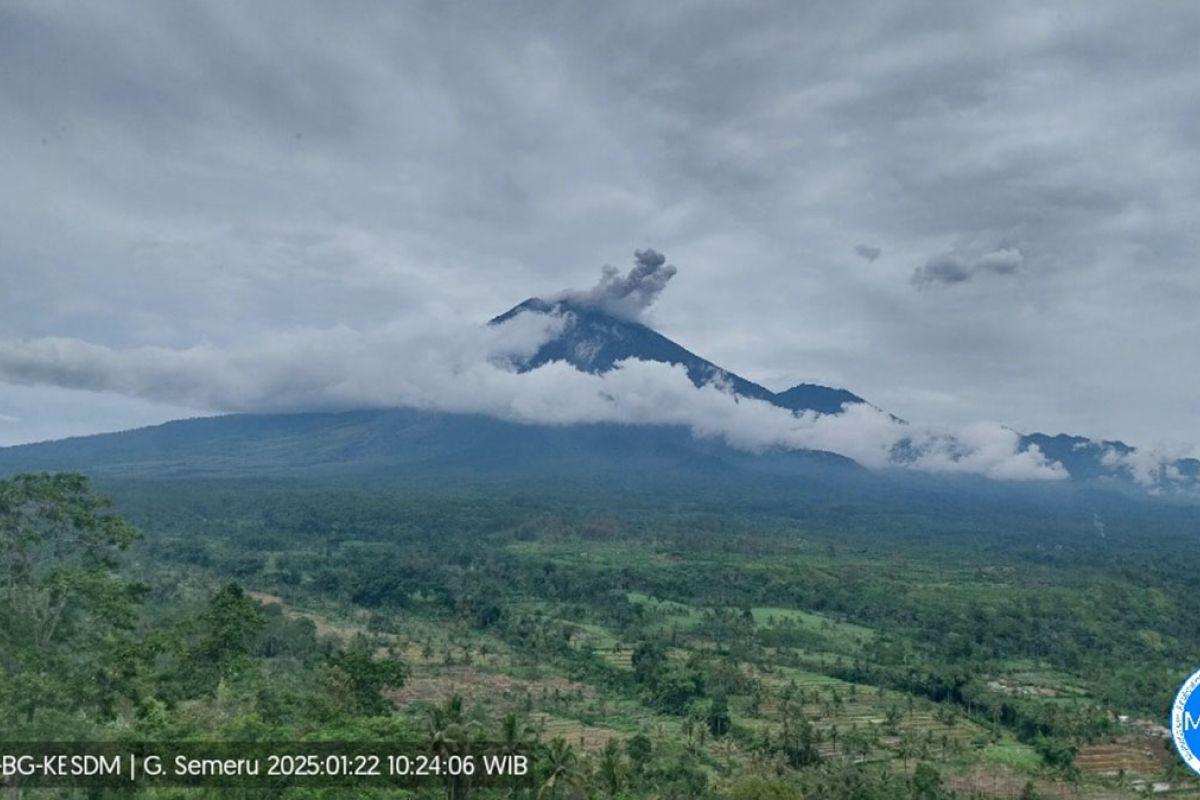Pekalongan Landslide Records 20 Death Tolls
Entering the third day, the death toll of the landslide in the Petungkriono district, Pekalongan, increased to 20 from the previous 17 victims.

TEMPO.CO, Jakarta - Central Java's Regional Secretary of the Pekalongan Regency, Yulian Akbar, informed that entering the third day, the death toll of the in the Petungkriono district increased to 20 from the previous 17 victims on the third day.
"Yes, until Wednesday afternoon, three more victims were found, bringing the total to 20 people," said Yulian, as quoted by Antara, Wednesday, January 22, 2025.
According to Yulian, the evacuation process and search for victims who died was still ongoing, although the weather conditions at the site of the incident were cloudy. "So we remind national search agency officers and volunteers to remain cautious," he said.
He said the search for victims was still being conducted with manual tools as it is impossible to bring in heavy equipment as access to the site is buried.
Based on information from residents who lost their families in Petungkriono regency, eight people died and 13 people were injured.
Meanwhile, a disaster expert from the Sepuluh Nopember Institute of Technology (ITS) Amien Widodo said that in the rainy season, several areas are often prone to landslides. The occurrence of landslides cannot be separated from the decreasing number of trees.
In the beginning, Amien said, most mountains were formed by rocks. Then, because of the climate and the trees, the rocks turned into soil. The trees were small at first and continued to try to find nutrients in the soil through their roots. The tips of the roots secrete enzymes to weather the rocks.
"The weathering process causes rocks to break down into smaller sizes or rocks to turn into silt-clay soil (fine <1 mm)," Amien said in his written statement.
Over time, trees grow larger, their roots grow longer, and the soil thickens. Sloping soil does not slide because it is held in place by fibrous roots and supporting roots. "So when forest trees are cleared to make way for other land, the sloping soil is not protected at all," said the senior lecturer at the ITS Geophysical Engineering Department.
Amien said that during the dry season, sloped land usually begins to crack and collapse. During the rainy season, water enters the cracks and seeps in, saturating the soil. Saturated water increases the weight of the sloping soil and reduces the cohesion (binding power) of the soil on the slope, causing the soil to slide like a liquid.
"With volcanic soil, there are usually rocks in it, so when it slides, not only does it take soil, it takes a lot of rocks with it," Amien said.
Editor's Choice:
to get the latest news updates from Tempo on Google News


















